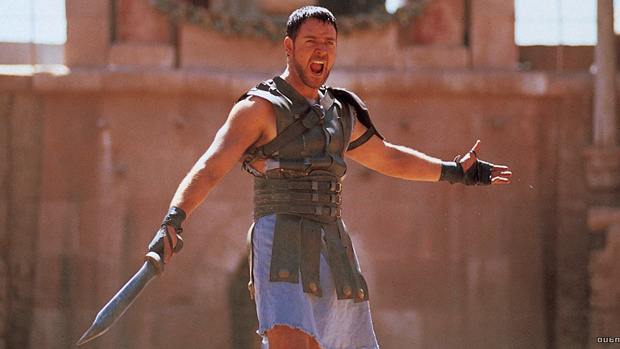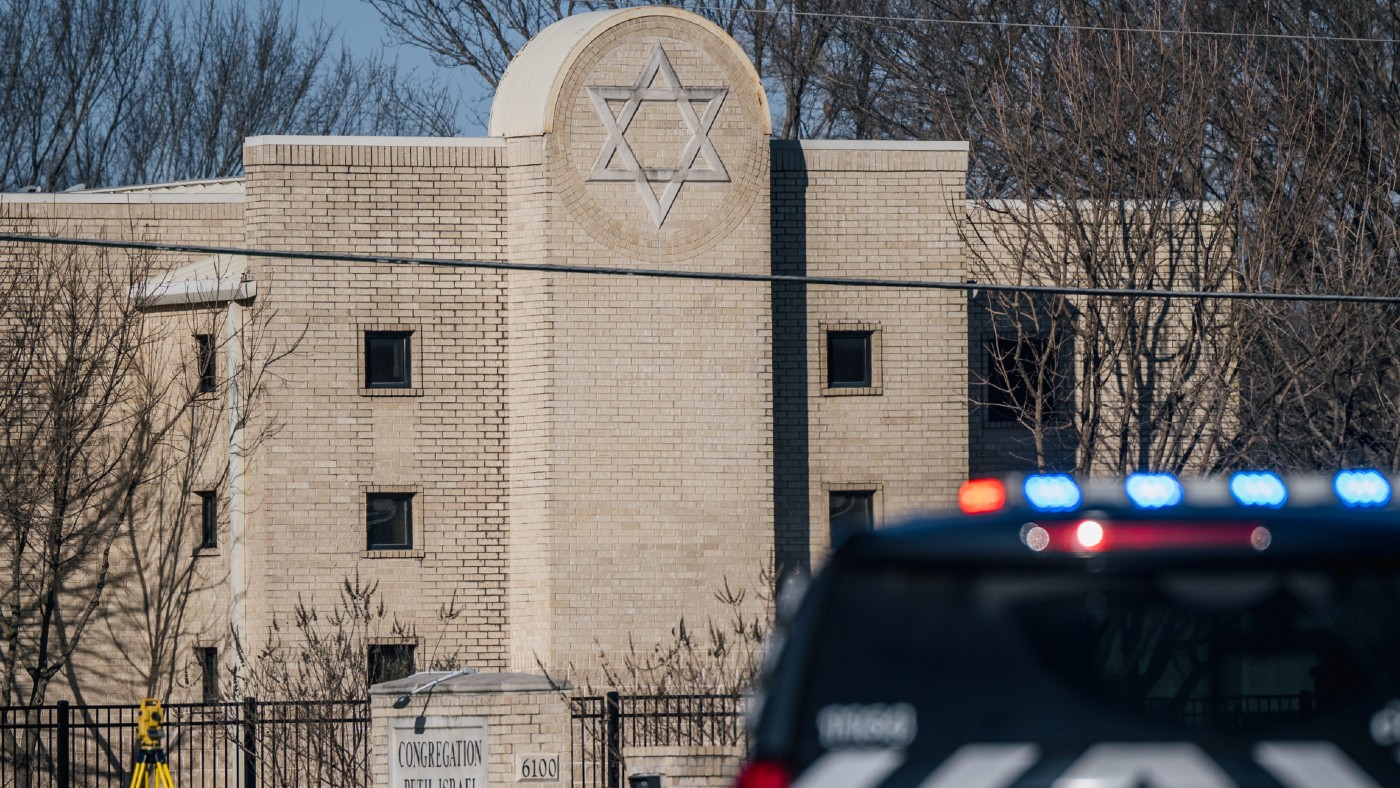London gladiators? Scientists unpick gruesome mystery of 39 skulls
New forensic analysis suggests skulls belonged to Roman gladiators or victims of 'head-hunting'

FORENSIC scientists have finally shed light on the origin of dozens of skulls discovered at London Wall more than 25 years ago. Improved forensic techniques have only recently been applied to the 39 skulls, excavated in 1988 and kept in the Museum of London, with the results published for the first time in the Journal of Archaeological Science this week.
The tests reveal that the almost all the skulls are of adult males aged between 25 and 35, untypical of the bodies usually found in Roman burials, which tend to be very young or old. They appear to have been left for years decomposing in open pits. One was found with a beetle wing casing up its nose and another is thought to have been chewed by dogs. "It is not a pretty picture," says Rebecca Redfern, from the centre for human bioarchaeology at the Museum of London, who published the report.
The skulls date back to the second century AD, a time of peace and prosperity for the Roman city, yet most bear scars of wounds inflicted around the time of death. "Most people in second century London lived peaceful quiet lives but as we now know, not everyone," says Redfern. "This is a glimpse into the very dark side of Roman life." On some skulls there is clear evidence of decapitation with a sword. Redfern says possibly they were all were killed in that way.
The Week
Escape your echo chamber. Get the facts behind the news, plus analysis from multiple perspectives.

Sign up for The Week's Free Newsletters
From our morning news briefing to a weekly Good News Newsletter, get the best of The Week delivered directly to your inbox.
From our morning news briefing to a weekly Good News Newsletter, get the best of The Week delivered directly to your inbox.
So who exactly were they?
Fallen gladiators The "most likely" theory is that the men died in a local amphitheatre. Many of the skulls had healed injuries, suggesting that violence was a common feature of their life. One amphitheatre stood on the site of the Guildhall in the City of London, not far from the site where the skulls were found, now occupied by a branch of Waterstones. Redfern's results suggest "probable evidence" for gladiatorial combat in Roman Britain. Executed criminals "Decapitation was a way of finishing off gladiators, but not everyone who died in the Roman amphitheatre was a gladiator," says Redfern. "It was where common criminals were executed, or sometimes for entertainment you'd give two of them swords and have them kill one another."
Victims of head-hunting An alternative theory is that they are the heads of Scottish barbarians killed by Roman forces and brought to London as trophies, reports The Times. There is evidence of head-taking from across the Roman empire and heads are shown being held up in triumph on tomb stones of cavalry officers in Britain and elsewhere. "It would have taken weeks to bring them back, so not a nice process," says Redfern.
A free daily email with the biggest news stories of the day – and the best features from TheWeek.com
-
 Home Office worker accused of spiking mistress’s drink with abortion drug
Home Office worker accused of spiking mistress’s drink with abortion drugSpeed Read Darren Burke had failed to convince his girlfriend to terminate pregnancy
-
 In hock to Moscow: exploring Germany’s woeful energy policy
In hock to Moscow: exploring Germany’s woeful energy policySpeed Read Don’t expect Berlin to wean itself off Russian gas any time soon
-
 Were Covid restrictions dropped too soon?
Were Covid restrictions dropped too soon?Speed Read ‘Living with Covid’ is already proving problematic – just look at the travel chaos this week
-
 Inclusive Britain: a new strategy for tackling racism in the UK
Inclusive Britain: a new strategy for tackling racism in the UKSpeed Read Government has revealed action plan setting out 74 steps that ministers will take
-
 Sandy Hook families vs. Remington: a small victory over the gunmakers
Sandy Hook families vs. Remington: a small victory over the gunmakersSpeed Read Last week the families settled a lawsuit for $73m against the manufacturer
-
 Farmers vs. walkers: the battle over ‘Britain’s green and pleasant land’
Farmers vs. walkers: the battle over ‘Britain’s green and pleasant land’Speed Read Updated Countryside Code tells farmers: ‘be nice, say hello, share the space’
-
 Motherhood: why are we putting it off?
Motherhood: why are we putting it off?Speed Read Stats show around 50% of women in England and Wales now don’t have children by 30
-
 Anti-Semitism in America: a case of double standards?
Anti-Semitism in America: a case of double standards?Speed Read Officials were strikingly reluctant to link Texas synagogue attack to anti-Semitism


